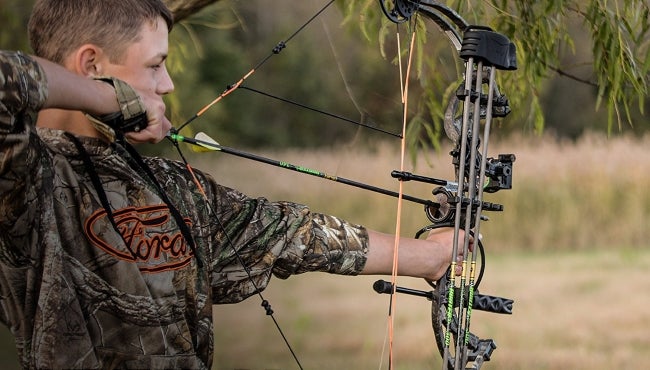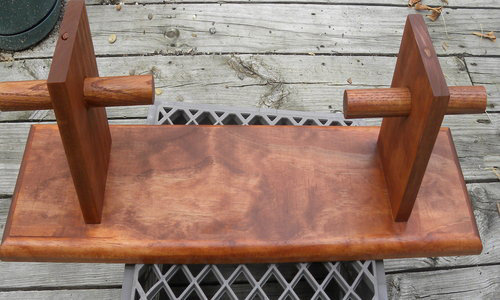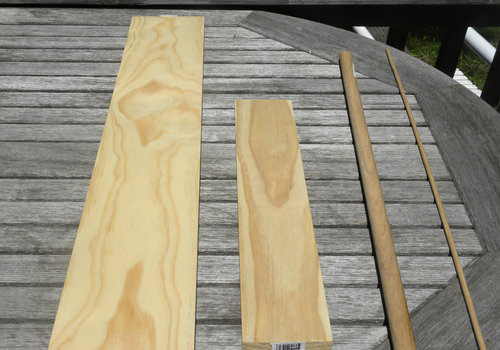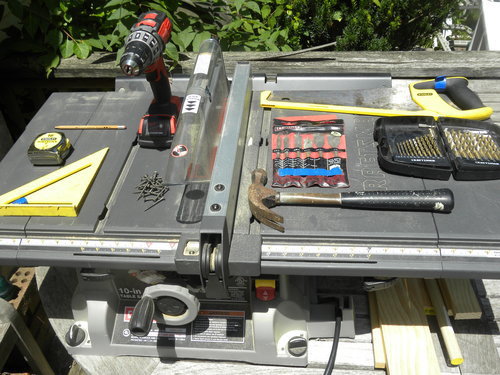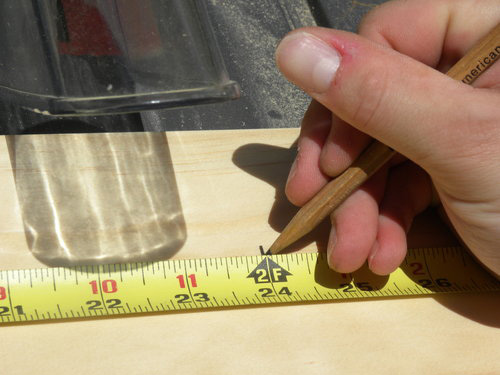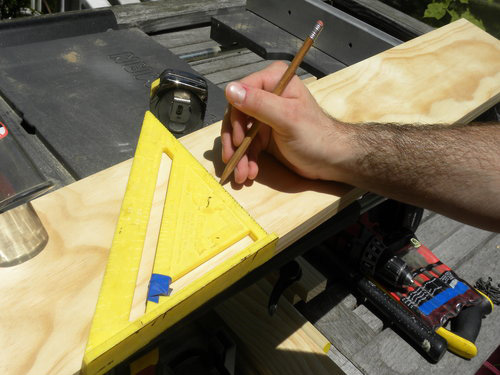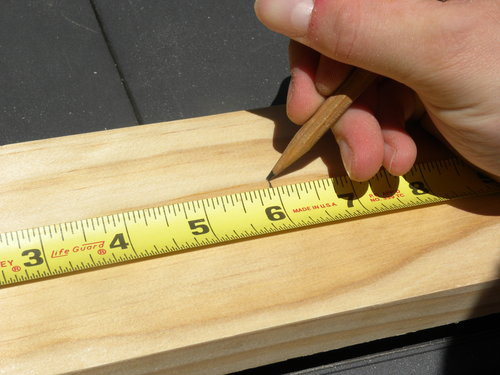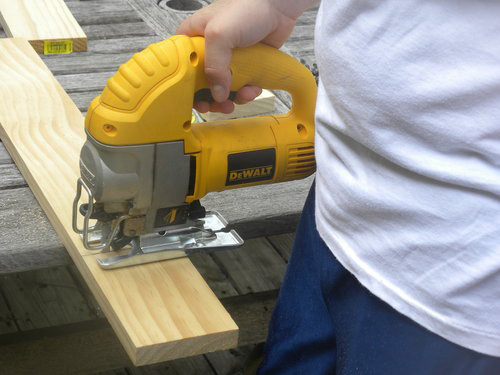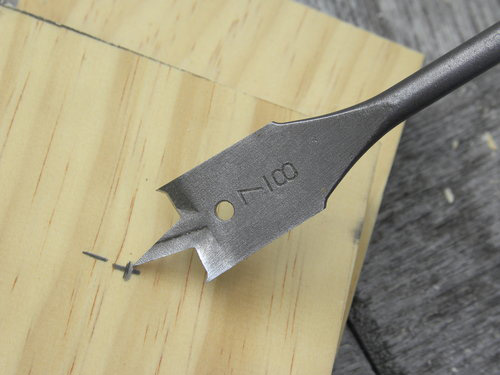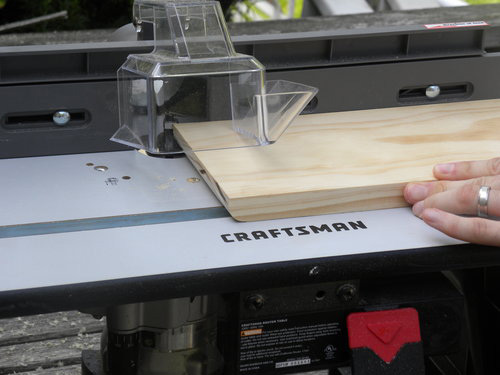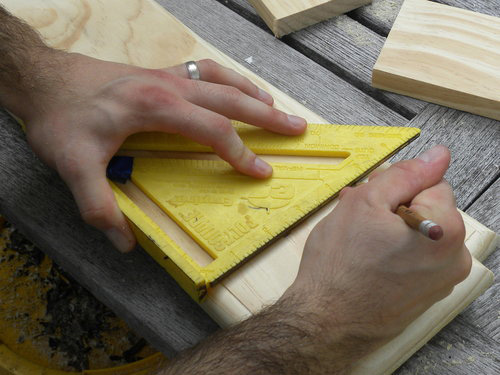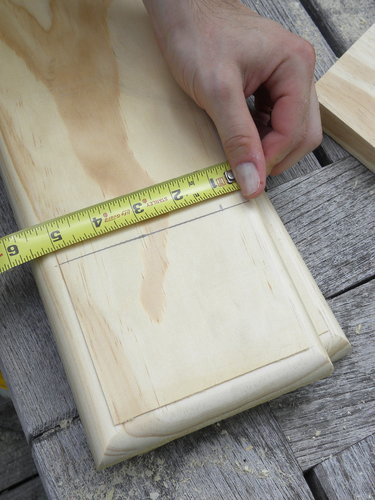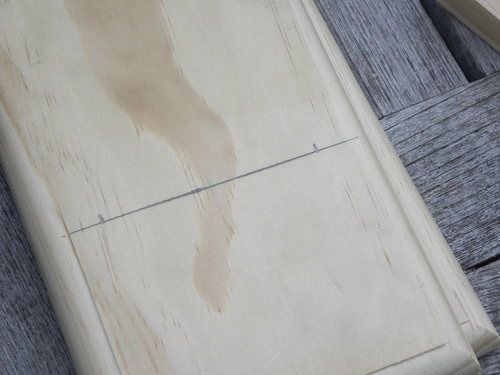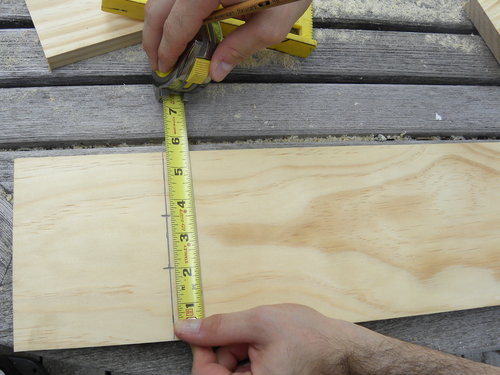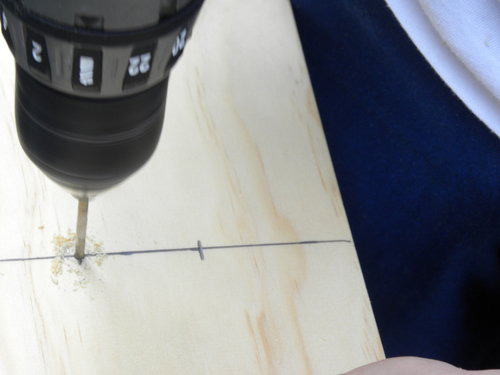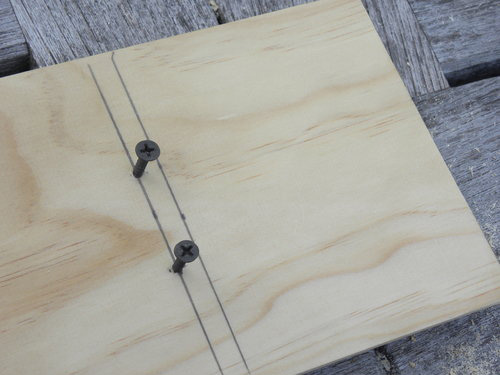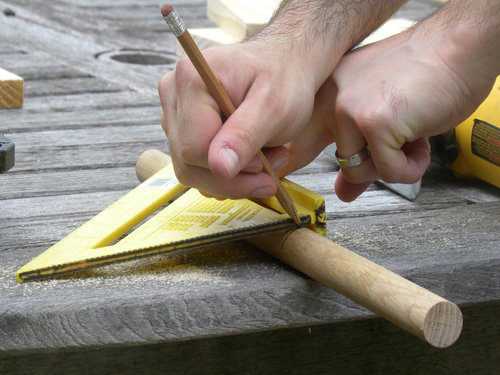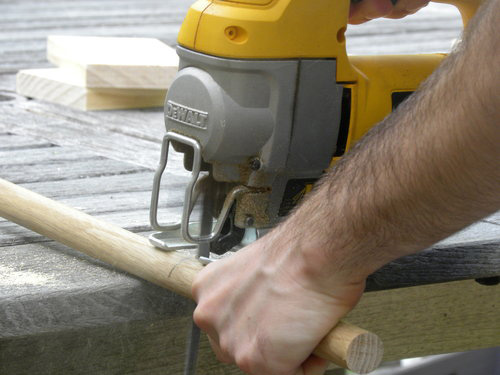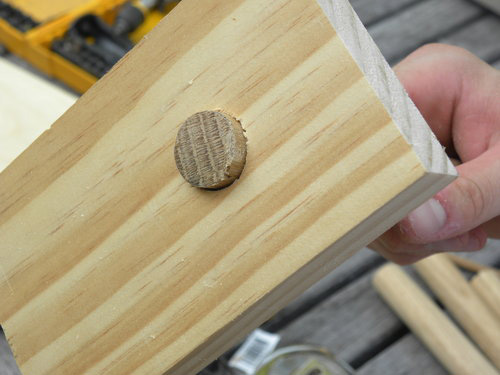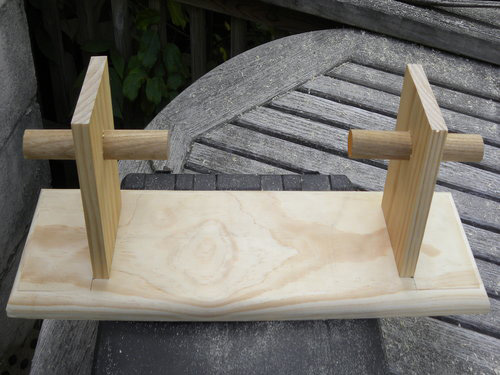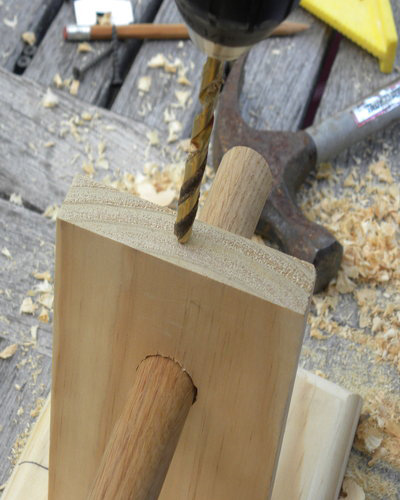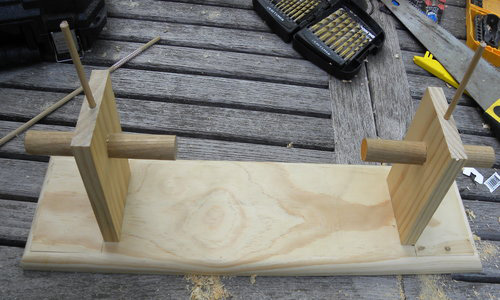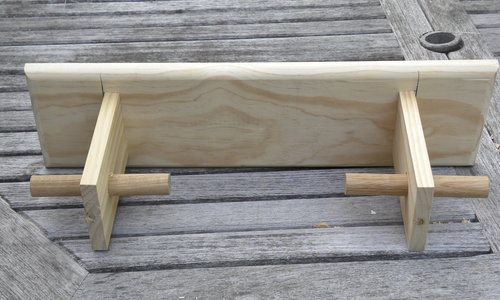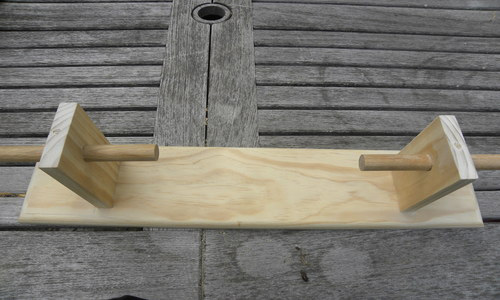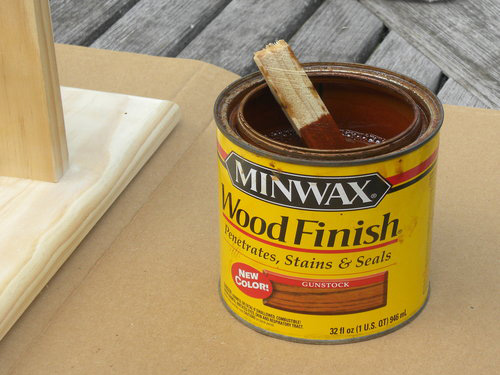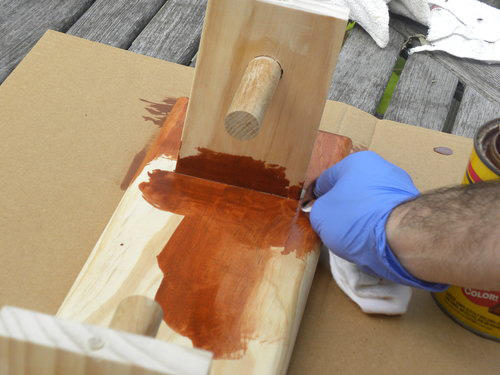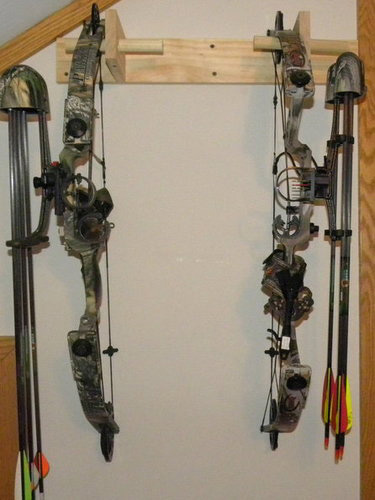This choice is yours to make and it’s mostly up to what you prefer. While stick bows are fun they take a long time for most people to master proficient enough to reliably hunt with. Compounds are quick and relatively easy to learn and they’re hyper-accurate these days.
So, which one is right for you?
Stick with a compound bow if you don’t have a burning passion to learn to shoot a recurve or longbow. Compound bows are easier to hold back while you’re aiming, they’re easier to shoot good groupings with, and they can be highly customized to your situation.
Go for a traditional bow like a longbow or a recurve if you really want a challenge. If you’re like me and grew up dreaming about Lord of the Rings and slaying Orcs then a longbow may speak to you for entirely Romantic reasons. That said, make sure you shoot consistently enough to not wound your game.
Why Compound Bows Make a Good Choice
The best compound bows for beginners have several friendly characteristics to look for:
- Widely adjustable draw weight that can increase as you improve
- Simple to learn sights that provide high consistency
- High let-off percentage so you can hold the bow back
Adjustable draw weight means that you can start out shooting a lightweight pull like 30 pounds. As you practice and gain strength you can increase that, say, to 50 pounds in gradual increments.
Simple sights aren’t necessary, but it’s easy to upgrade them later. As a beginner you’ve got enough to focus on without trying to dial in expert level sights. A consistent, simple bow sight is pretty cheap to get started, too!
Let-off percentage refers to how much of the bow’s draw weight “disappears” at full draw. Thanks to the advanced cams on modern bows the stress of holding the bow at full draw can be reduced by 80% or more. That means a 50 pound bow would feel like a 10 pound bow at full draw!
Don’t be fooled, though. Compound bows are fine tuned hunting bows for even the most expert hunters.
Compound Bow Hunting
Let’s talk about some of the advanced feature that make compound bows some of the best bows for deer hunting.
Releases are used to draw and fire the bow using precision mechanical devices. These take the load off your fingers and release the strong more evenly to create a better overall shot consistency.
Of course, you can shoot other bows with a mechanical release and some compound bow hunters shoot with their fingers. In general, though, a modern release with a good compound bow guarantees a much higher quality shot.
Advanced sights can be used to compensate for range, windage, and other factors. Compound bows are generally built with attachment points for precision sights such as the very fancy auto-ranging Garmin A1 digital sight.
Advanced sights can compensate for different distances or you can have more than one pin set to ensure accuracy from a wide variety of distances without the guesswork of a traditional bow.
Draw length can be adjusted on most compound bows to accommodate many hunters. Most people’s draw length will be between 26 -30 inches though yours may vary if you’re particularly tall (or short) or if you have unusually long (or short) arms.
Note: Traditional bows can generally be drawn to almost any length as well. The further you draw them, the more the draw weight will increase. Both compounds and traditional bows should not be overdrawn.
Considerations for Traditional Bows
Because stick bows like longbows and recurves are much different, let’s make sure you understand what you’re getting into should you choose to hunt with them.
With longbows in particular they’re very tall and can be hard to conceal and shoot from ground blinds.
If you should choose to hunt with a stick bow you may want to go with a lower draw weight than a compound bow. Stick bows are harder to draw and all the weight rests on your fingers. Once drawn the weight does not let off so you have a very short window of time to fire the arrow before fatigue sets in.
Good draw weights for a beginner might be as follows:
- Female beginner: 30 pounds
- Male beginner: 40 pounds
- Female experienced (or athletic): 40-50 pounds
- Male experienced (or athletic): 50-60 pounds
One major problem is that you can’t increase the draw weight like you can with a compound. You’ll have to buy a new bow altogether if you want to go from 30 pounds to 50 pounds.
That said traditional bows, unlike compounds, tend to retain their value very well over time. Compound bow technology is constantly changing and hunters are chasing the “new thing”. Whereas traditional bows have been more or less unchanged for hundreds of years.
What Type of Game Do You Hunt?
While you can certainly hunt just about any game with any type of bow, some make more sense than others. Which one you want to use is ultimately up to you.
Let me walk you through a couple examples to get your mind moving in the right direction and then we’ll let you loose on the bows!
Turkey hunters tend to use blinds to get the turkeys in close. Turkeys can startle easy so minimal movement is ideal. That’s why small form factor compound bows make the most sense because they take the least amount of movements and space to draw within the confines of a blind and your target on a turkey is quite small.
Whitetail hunters have a long history of hunting with traditional bows. Today it’s almost all done with compounds. From a treestand a compound bow makes the most sense because it’s difficult to draw a recurve from a seated position and nearly impossible to do so with a longbow.
If you’re hunting from the ground or stalking your prey longbows and recurves become much more viable and they’re fun to master.
Small game such as some birds and squirrel can be loads of fun to hunt with traditional bows! Using special arrows called “flu flu arrows” which are designed to only travel a short distance you can safely aim at targets on tree branches or flying targets.
Do not use a compound bow for this because they will launch your arrow a dangerous distance if you miss. On top of pretty much guaranteeing that you lose your arrow you could hit a human or valuable target in the distance.
Which Hand Do You Shoot With?
It’s worth noting that shooting bows means picking a hand with which to hold and draw the bow. Most bows cannot be switched from one hand to the other.
If you write with your right hand, you may be a right handed shooter. Or you may not. Bow shooting is based on dominant eye and not dominant hand so you need to double check.
To find out which eye is dominant use this test. Once you figure that out, you can order a bow to match. So, if you’re left eye dominant, you want a left handed bow. In that case you’d hold the bow with your right hand and draw the string with your left while aiming with your left eye.
FAQs
What else do I need to hunt once I buy my bow?
This is precisely why the #1 pick on our list comes with everything you need.
Once you get your bow you’ll want to tune it in for yourself. You can do this yourself if you’re skilled or you can take it to a local archery shop to get it done right!
Your bow must be tuned for the arrows you’re shooting which should be selected and cut to length for you based on your draw length and draw weight.
You’ll also need to pick out some broadheads for hunting which should, again, be selected based on your bow.
Then you’ve got to practice until you can drive tacks with your bow under pressure. If you miss you could wound the animal which may live crippled or perish days later where you cannot retrieve the harvest. Always practice ethical sportsmanship.
What is the best bow for whitetail hunting?
Honestly a good modern compound bow tuned for you is by far the best bow for whitetail hunters. That said, many choose to hunt whitetails with recurves or longbows as well!
The most important consideration is probably the distance you’ve set and practiced with your compound bow.
Use a multi-pin sight to set your bow for 15-20 yard shots at one pin. Another pin can be for 25-30 yard shots.
For beginners, shots at distances greater than 30 yards can be challenging and difficult to shoot consistently enough to reliably harvest an animal.
What is the best bow sight for hunting?
Similar to what we just spoke of, it’s hard to argue with an affordable multi-pin sight. They’re cheap, easy to set up, and reliable.
For those hunting from elevated stands you might consider a pendulum sight. These sights adjust themselves to the angle of a shot which helps compensate for minor changes in trajectory caused by shooting down from steep angles.
You can find a good pendulum sight at a pretty affordable price these days so honestly that might be the best choice for treestand hunters. Most of them only have a single pin, though, so you’ll have to learn to adapt!
Conclusion
At the end of the day the best bow for the money depends on your needs. The bows I focused on here are mid range models. Most bowhunters don’t need the nose-bleed prices of elite level bows, but if you fall in love with the sport then it might be worth an upgrade some day.
If you want to get out there and start hunting there’s a bow on our list that can get you there. I always recommend that you also take your bow to a local archery shop and have it tuned for you. They can also answer some of your questions about safe use and how to get started.
Remember that no matter which bow you choose, you should expect to spend at least a few weeks practicing on a target before you head out hunting.
